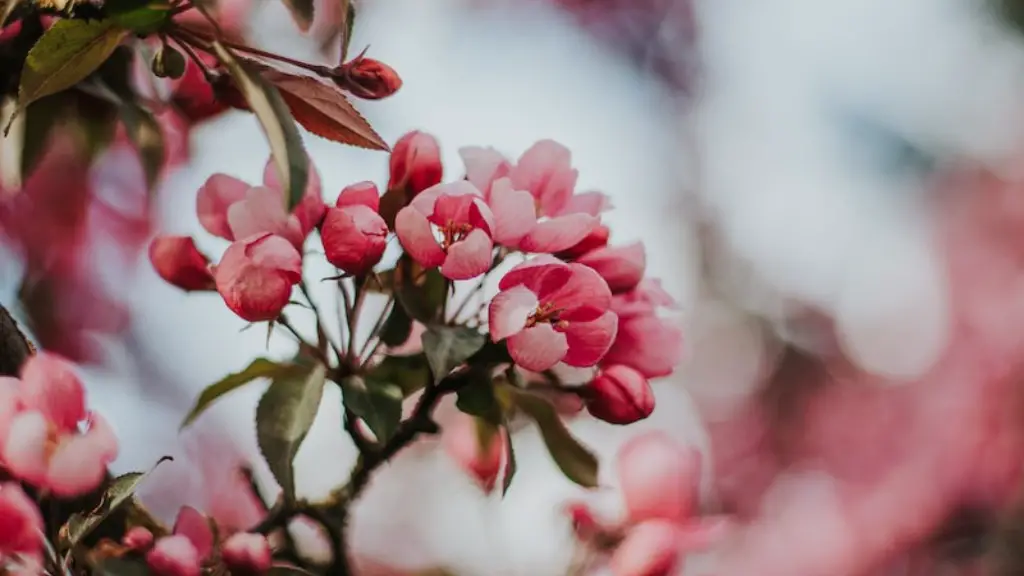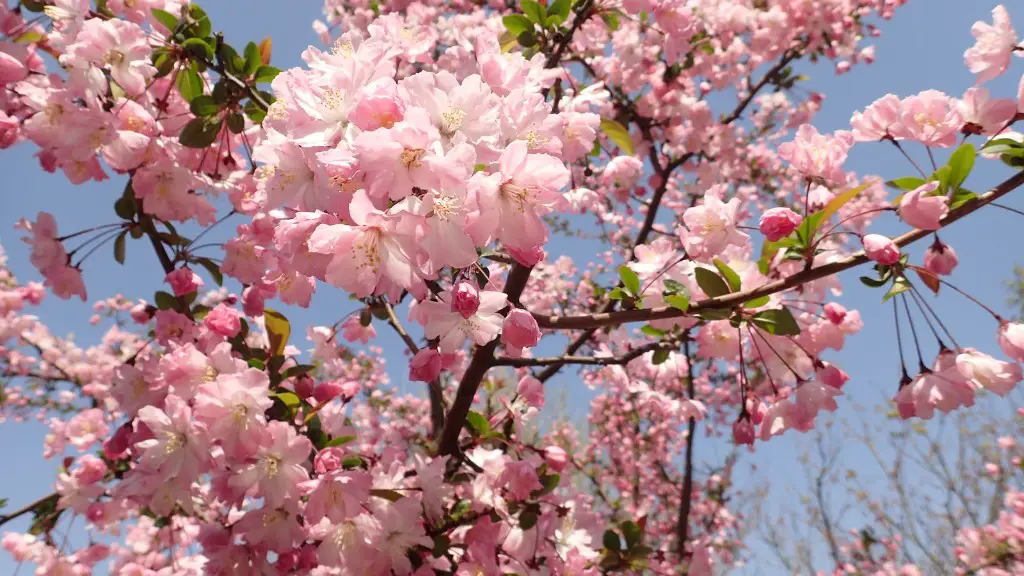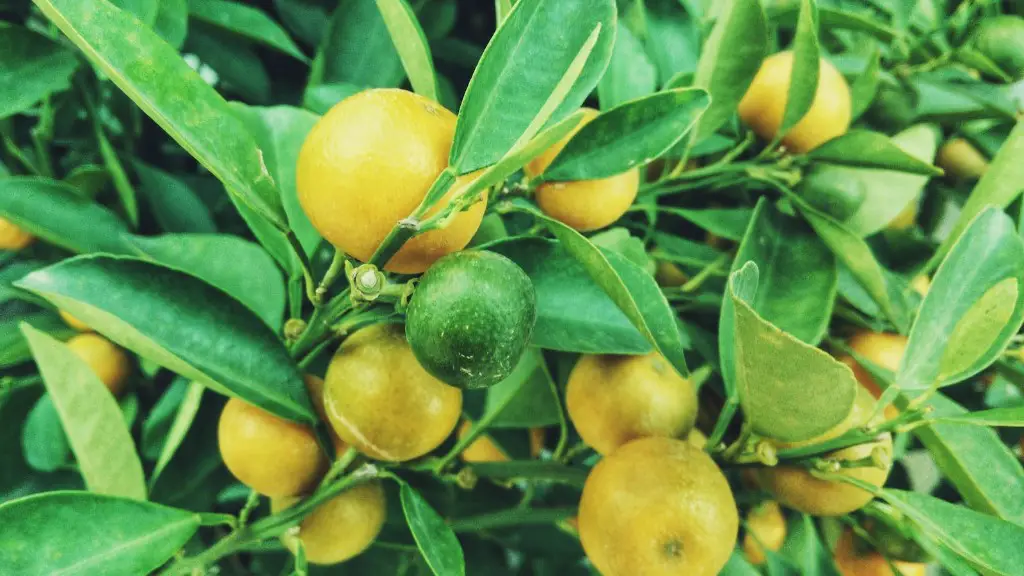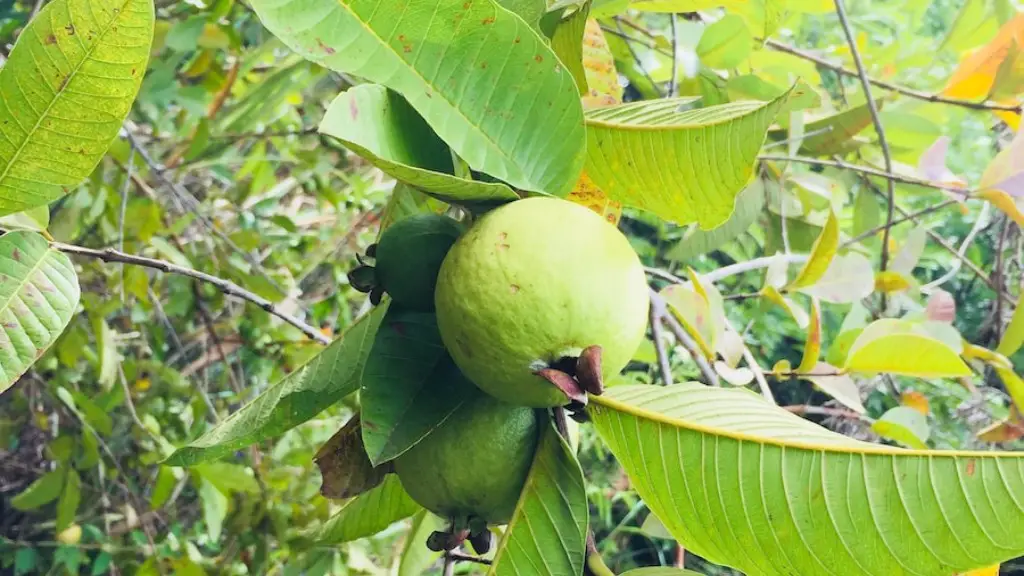There are many detriments to having a weeping cherry tree that is not blooming. This can be a particularly frustrating situation because, in most cases, when the tree is healthy and well taken care of, it should be blooming. Several factors can cause a weeping cherry tree not to bloom, ranging from environmental issues to disease. It is important to understand why your weeping cherry tree is not blooming so that you can properly care for the tree and turn it into an attractive part of your landscape.
The most common explanation for why a weeping cherry tree is not blooming is because the tree is young. Most of the time, weeping cherry trees will not start blooming until they reach at least three years of age. Therefore, if your tree is not blooming and its age does not exceed three years, it may just need more time. On the other hand, if your weeping cherry tree is three years old or older and is still not blooming, there may be something else to consider.
In addition to age, the environment and climate can cause a weeping cherry tree not to bloom. Extreme temperatures can slow down or prevent a tree’s blooming process. For example, if you live in a hot or very dry climate, the tree may need extra watering to make sure that it has enough water to survive and eventually start blooming. Cold winters and frosts can also have an effect on a tree’s blooming process; if it has a cold winter, it may not be able to bloom until the following year.
Although environment and age can cause a weeping cherry tree not to bloom, there may be a more serious issue, such as a disease. The most common disease affecting weeping cherry trees is called “fire blight”, and it is caused by a bacterial infection. Symptoms of this disease include dying branches, wilted leaves, and discolored blooms. If you see any of these symptoms, it is important to seek professional help. An arborist or tree specialist can diagnose the cause of the problem and recommend the best course of action to treat the tree and its blooms.
In conclusion, there are several reasons why a weeping cherry tree may not bloom. It could just be a matter of age and the blooms need more time to mature. On the other hand, it could be due to environmental factors or disease, which can be more difficult to diagnose and treat. The best way to make sure your tree is healthy and blooming is to pay close attention to the tree and its environment and consult a professional in case of any signs of illness.
Physical Causes
Another potential cause for why a weeping cherry tree is not blooming is physical damage. Physical damage includes broken branches and trunks, which can stop blooms from forming. Damage caused by animals is another common culprit; animals such as birds or squirrels may be peek hole of the tree and cause damage that can prevent blooms. If this is the case, the tree may need to be pruned to remove broken or damaged branches.
Sometimes, a weeping cherry tree may not be receiving enough sunlight. Just like any other living organism, a tree needs sunlight to grow, and blooming is no exception. If your tree is in an area that is shadowed by a building or other trees, it may not be receiving enough light. The best solution is to trim or move any trees blocking the sunlight, or to move the tree to a sunnier spot.
In some cases, a weeping cherry tree may not bloom for a more subtle reason – nutrient deficiency. A tree needs nutrients, such as nitrogen, phosphorus, and potassium, to thrive. If there’s an imbalance or lack of these nutrients in the soil, blooms may not be produced. The solution is to fertilize the tree and soil with the appropriate nutrients, so that the tree can receive what it needs to bloom and flourish.
Environmental Causes
Environmental factors can have a big effect on a tree’s ability to bloom. If a tree is exposed to extreme temperatures, such as hot in summer and cold in winter, blooms may not form. Temperature and humidity can also play a factor; if the climate is too dry, the tree may need more watering to compensate for the lack of water in the soil.
Pests can also be a cause for why a weeping cherry tree is not blooming, as they can cause damage to both the tree itself and the blooms. Common pests to watch out for in weeping cherry trees are aphids, caterpillars, scale, spider mites, and white fly. If an infestation is suspected, contact a professional arborist to identify the pest and recommend a treatment plan.
Poor soil quality is another environmental factor that can prevent a tree from blooming. If the soil is too acidic or too alkaline, your tree may not have the adequate balance of nutrients necessary to support blooms. The best way to improve soil quality is to test the soil and amend it with organic matter, such as compost or leaf litter.
Finally, improper pruning can also cause a weeping cherry tree not to bloom. Pruning helps to shape and direct the growth of a tree, and it should be done at the appropriate time of year. Pruning during the blooming season can have a big effect; it can cause blooms to be reduced or prevented altogether. Consulting an arborist or professional on the best pruning methods for your tree is highly recommended.
Pathogens
The last potential explanation for why a weeping cherry tree is not blooming is pathogens. Certain pathogens, such as viruses and bacteria, can cause a tree to become ill, which can affect its ability to bloom. The most common bacterial pathogen is fire blight, which is characterized by dying branches, wilted leaves, and discolored blooms. It is important to diagnose the cause of the disease and seek professional help to treat it.
Fungal diseases can also cause a weeping cherry tree to not bloom. Common symptoms include wilted and discolored leaves and spots on the leaves and branches. Powdery mildew and leaf spots are two of the most common fungal diseases in weeping cherry trees, and they can cause a tree to not bloom. If you detect any signs of a fungal infection, you should contact a tree specialist for a diagnosis and treatment plan.
Finally, viruses can be another explanation for why a weeping cherry tree is not blooming. Common symptoms of virus infection include yellow leaves, distorted branches and blooms, and a distorted growth habit. The most common viruses affecting weeping cherry trees are Cherry leaf spot virus and Cherry rasp leaf virus, both of which can prevent blooming. Contacting a tree specialist for diagnosis and treatment is the best way to treat a virus-infected tree.
Moving the Tree
One solution to get a weeping cherry tree to bloom is to move it to a different spot where it will receive enough sunlight and nutrients to be able to bloom. If the tree is in an area that is too shady, moving the tree to a sunny spot can help. In addition, if the soil quality at its current location is not ideal, moving the tree to a spot where the soil is of better quality will help it bloom.
Before you decide to move the tree, it is important to make sure that you have the necessary supplies and tools to do it safely. A shovel and a wheelbarrow are essential for safely moving a tree. In addition, a large tarp is helpful for covering and protecting the tree during the move. Finally, it is important to check the planting site for any potential obstacles that could damage the tree, such as large rocks or roots.
Moving a weeping cherry tree can be a daunting task, so it is important to understand what you have to do before you begin. Make sure you have the necessary supplies and tools, and choose a suitable spot to move the tree, making sure to check it for obstacles first. Finally, be sure to consult a professional arborist to make sure the move is done correctly and safely.
Conclusion
In conclusion, there are several possible explanations for why a weeping cherry tree is not blooming. In some cases, the tree may just need more time to mature. On the other hand, environmental factors, disease, physical damage, and nutrient deficiency may all be contributing to the tree’s lack of bloom. Moving the tree can be an effective solution, as long as it is done correctly, with the appropriate supplies and tools. If you suspect that something is wrong with your weeping cherry tree, the best thing to do is to consult a professional to get an accurate diagnosis and treatment plan.



